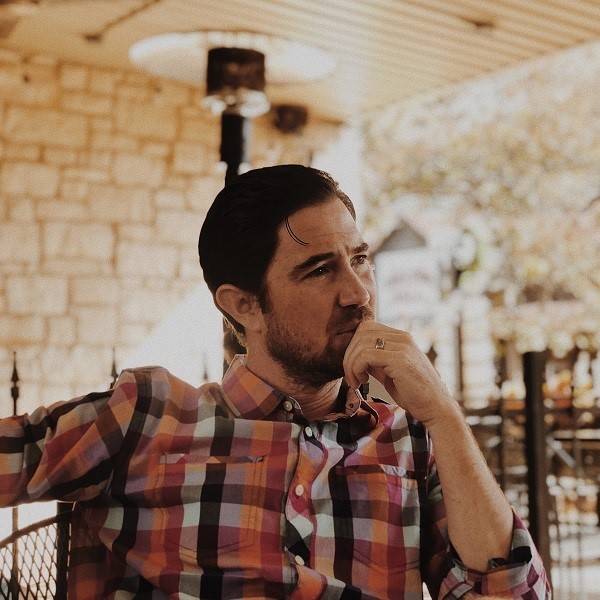Thinking Strategies to Manage Anxiety
While relaxation is a crucial component to treating anxiety, another helpful strategy (which works well in conjunction with relaxation exercises) is learning to identify your thoughts and clarifying whether they are helpful or unhelpful.

This idea comes from the notion that anxiety can be caused by our thoughts or in other words, cognitions. Meaning, the way we think or what we think about may cause us to feel fearful or worried.
When our thoughts are illogical or unhealthy, they can cause us to feel fearful or worried for no reason at all. If we think this way on a repeated basis, this fear or worry can result in anxiety which we feel regularly. The following are a few tips on how to manage negative thoughts.
Helpful Thinking Strategies to Combat Anxiety
Coping Thoughts
Coping thoughts are thoughts about a particular situation which have a positive or optimistic perspective to them.
For example, if you are about to sit an exam or go for a job interview and all you can think is, “I bet I’m going to do a terrible job”, you are certainly not going to go into the situation with the best mindset! But if you can recognise this in the moment and shift it to something a little better such as, “I’ve prepared as much as I can, so hopefully I’ll do okay”, hopefully you’ll feel a little better going into the exam or job interview.
Thought Stopping
Thought stopping is a process where you replace an anxiety-provoking thought with another one that is less anxiety provoking but still realistic. Doing something different could also be helpful, as it helps to “stop” you in the moment.
Using the same exam example as above, you could be thinking lots of anxiety provoking thoughts in the lead up to an exam or job interview – but by deliberately stopping and thinking of something else or doing something else, you should be able to lessen the anxiety you’re feeling.
Examples of doing something different to stop your negative thoughts could be going for a run, getting out into the garden, calling or catching up with a friend. It is important to note here that you might not be able to get rid of the anxiety completely, but you should at least be able to decrease it.
Cognitive Restructuring
Whilst thought stopping and coping thoughts are helpful techniques in combating anxiety, cognitive restructuring is the main cognitive tool used to decrease anxiety and is also used to treat depression.
The main premise underlying cognitive restructuring is to identify and then change or modify thoughts that are unhelpful and inaccurate.
The first step is to identify your thought, then the second step is to challenge it and check how realistic it is through a process of questioning.
In the case of anxiety many of the thoughts we have are unrealistic and by questioning them we can come up with a more realistic thought that is less anxiety provoking. Modifying your thoughts can be difficult work to start off with as it will feel awkward and unnatural, and it is common for people to think it is “not working”. But if you persist it should become easier with practice and so should become an effective tool to manage anxiety.
All of the above methods require you to be vigilant about your thoughts and the effect they are having on you. For these methods to be really useful, they need to be practiced on a regular basis, to become habitual and ultimately, an automatic response by you in any given situation.
Between relaxation and thinking strategies, hopefully you’ve found something helpful in working with any anxious tendencies that you have.
However, anxiety can be difficult to shift and so can involve extensive work on yourself and lifestyle to improve your mood and reduce the effect it has on your quality of life. Often a comprehensive treatment approach to manage anxiety involves a number of different components in addition to relaxation and cognitive work. Exercise (particularly yoga), good sleep hygiene and mindfulness or meditation can also be helpful in managing anxiety and can go a long way to improving overall quality of life.
Note: the information in this article is general and brief information only, which may or may not be helpful for your particular circumstances. It is not intended to replace individual therapy. Please seek support from a qualified professional for your specific circumstances.
Author: Dr Maya Lloyd (M Clin Psych, PhD, FCCP, MAPS) is a Toowong clinical psychologist with almost 20 years’ experience working with children, adolescents and families, including significant experience in the treatment of anxiety in both adults and children. Call 0413 072 443 or make a booking online.
References:
- Pittman, C and Karle, E. (2015). Rewire Your Anxious Brain: how to use the neuroscience of fear to end anxiety, panic and worry. New Harbinger Publications: Canada.
